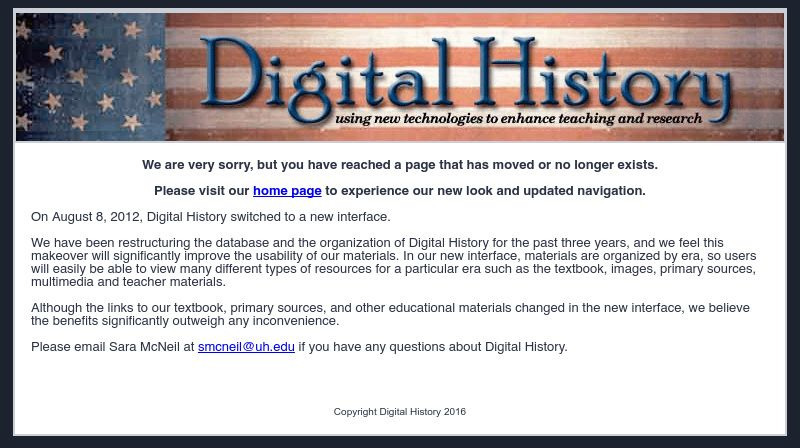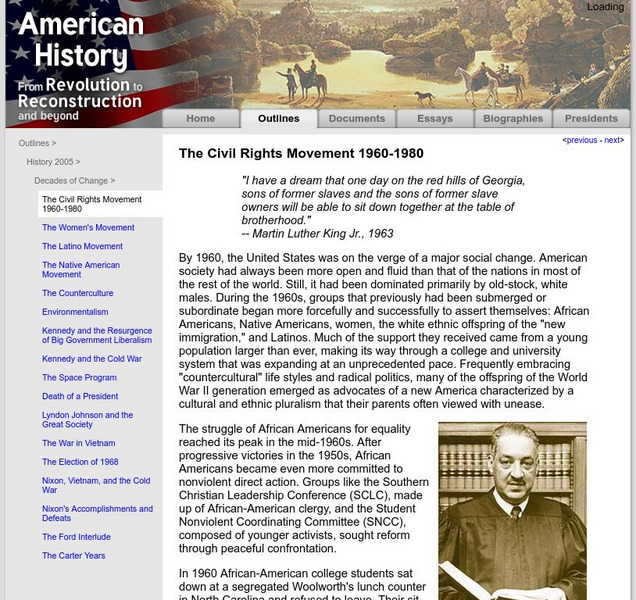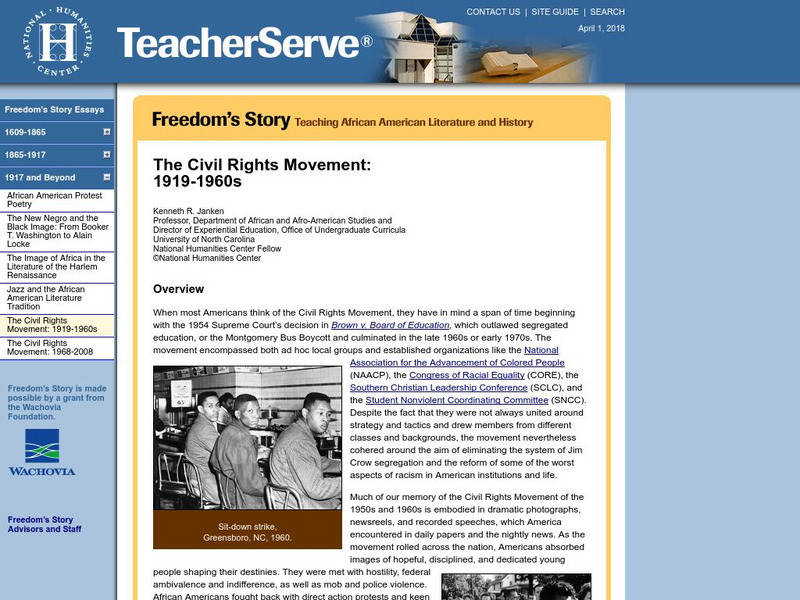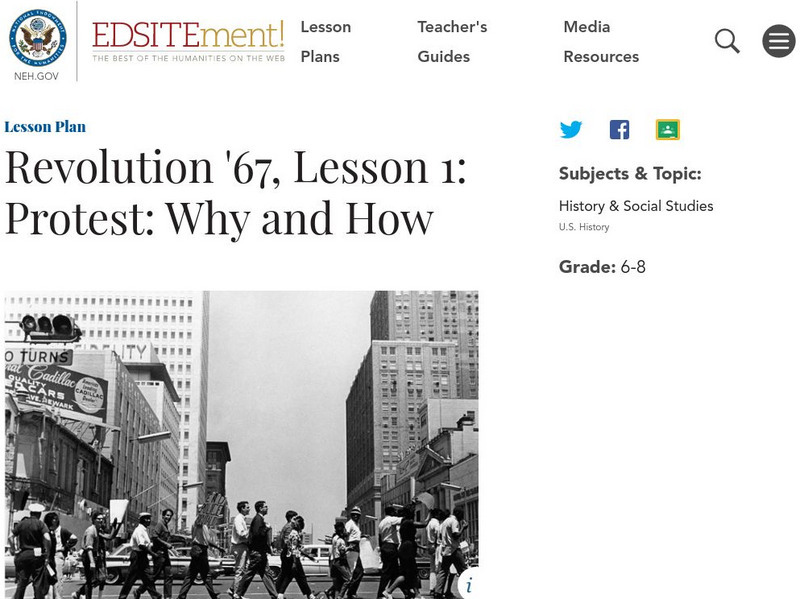ibiblio
Ibiblio: Student Nonviolent Coordinating Committee
This ibiblio.org site gives the six-year history of this college based group that supported the civil rights movement and tells of its nonviolent philosophy.
ibiblio
Ibiblio: Student Nonviolent Coordinating Committee
Two months after the Greensboro sit-ins, the Student Nonviolent Coordinating Committee (SNCC) was formed to coordinate the sit-ins and other forms of social activism against white oppression.
ibiblio
Ibiblio: Student Nonviolent Coordinating Committee
The Student Nonviolent Coordinating Committee provides information on a civil rights activist, Ella Baker (1903-198 ), and her accomplishments.
Kids' Wings
Texas Bluebonnet Books: "The Other Side"
"The Other Side," by Jacqueline Woodson, is a children's book on the Civil Rights movement. This website provides links on Black History that are related to the book.
Library of Congress
Loc: From Slavery to Civil Rights
This interactive timeline lets students select an era in the history of blacks in United States. Text tells the highlights of the time and primary source materials are linked that pertain as well.
Country Studies US
Country Studies: The Civil Rights Movement 1960 1980
Brief, yet comprehensive, summary of the Civil Rights movement from 1960 until 1980. Includes civil rights policies of presidents Kennedy through Nixon.
Houghton Mifflin Harcourt
Harcourt: Biographies: Linda Brown 1943
Read a brief summary of the life story of Linda Brown whose civil rights experiences were the basis for the famous historical case of Brown v. Board of Education of Topeka.
Houghton Mifflin Harcourt
Harcourt: Biographies: Martin Luther King, Jr. [In Spanish]
This resource offers a review of the life of this important man in the Civil Rights Movement. King believed in peaceful protests, instead of violence, to solve social problems. (In Spanish)
National Endowment for the Humanities
Neh: Edsit Ement: Dr. King's Dream
There are 4 "Guiding Questions" which reveal the content of the lesson plan provided in "Dr. King's Dream:" "What do we mean by the term 'civil rights'?" "Who was Martin Luther King, Jr., and how did he fight for civil rights?" "What can...
Digital History
Digital History: The Mother of the Civil Rights Movement
On December 1, 1955, the late Rosa Parks refused to give up her bus seat and made civil rights history.
Digital History
Digital History: Freedom Now
When four African American North Carolina Agricultural and Technical College students refused to leave the lunch-counter at the F.W. Woolworth store in Greensboro they started the first non-violent, "sit-in" movement. Although the...
Digital History
Digital History: The Civil Rights Movement Moves North
Summers of the late 1960s was a time of widespread violence and rioting in the nation's major inner cities. What was previously thought of as a problem of the South had spread nation-wide and was now demanding immediate attention.
Library of Congress
Loc: Naacp: A Century in the Fight for Freedom: Civil Rights Act of 1957
Read a brief description of the Civil Rights Act of 1957, a document adopted at the beginning of the Civil Rights movement. Click on the document to see the primary resource.
Digital History
Digital History: The Tumultous 1960's
The decade of the 1960s was a time of protest about the Vietnam War and civil rights, and progressive legislation addressing many problems. Find primary source material, charts, and statistics that cover these topics. Included are...
Digital History
Digital History: Martin Luther King & Malcolm X on Violence & Integration [Pdf]
Martin Luther King, Jr. and Malcolm X were strong African-American leaders in the Civil Rights movement. Read about the differences in their approach to gaining civil rights for African-Americans. Find charts that compare their ideas on...
Curated OER
National Park Service: Dr. King's Leadership and Character [Pdf]
This lesson plans looks at the leadership and character of Dr. King, and encourages students to draw connections to their lives. More lesson plans from the national parks service on civil rights and Dr. King can be found here:...
Curated OER
National Park Service: Picturing Nonviolence or Nonexistence [Pdf]
This lesson plan teaches students about Dr. King's philosophy of nonviolence. This is a PDF document.
Curated OER
National Park Service: Names, Names, Names [Pdf]
A lesson plan for K-1 about important people in the Civil Rights movement. Requires Adobe Reader.
University of Groningen
American History: Outlines: Origins of the Civil Rights Movement
Overview of the beginning of the Civil Rights Movement in post World War II America.
University of Groningen
American History: Outlines: The Civil Rights Movement 1960 1980
Section overview of the major accomplishments and changes in strategy developing during the Civil Rights Movement between 1960 to 1980.
University of Groningen
American History: Outlines: The Native American Movement
Overview of the Native American push for Civil Rights in a post World War II America.
National Humanities Center
National Humanities Center: Teacher Serve: The Civil Rights Movement: 1919 1960s
Article provides an overview of the Civil Rights Movement in America between 1919 and the 1960s with detailed discussion on racial equality, nonviolence and passive resistance, and segregation.
National Endowment for the Humanities
Neh: Edsit Ement: Revolution '67, Lesson 1: Protest: Why and How
In this lesson plan, students examine the reasons for protests by reading about the riots in Newark, New Jersey, in 1967. By using primary source documents, learn historical reasons for protesting and compare them with the situation in...
National Endowment for the Humanities
Neh: Edsit Ement: Revolution '67:What Happened in July 1967? How Do We Know?
In this lesson plan, students learn about the riots in Newark, New Jersey, in 1967. Using primary sources, identify the causes of the disturbance in July, 1967. Links to the relevant information is provided.




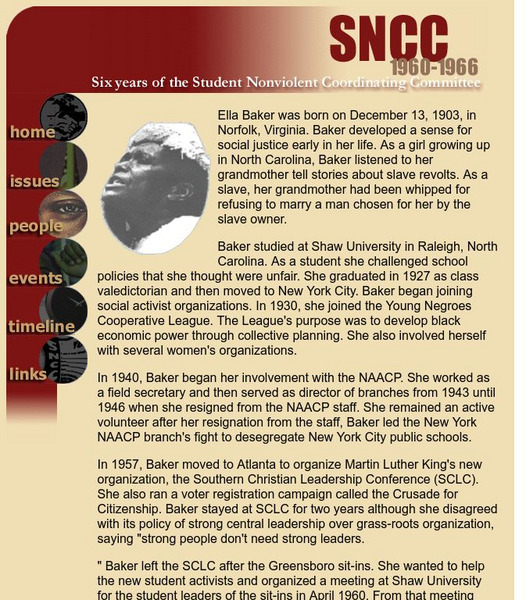



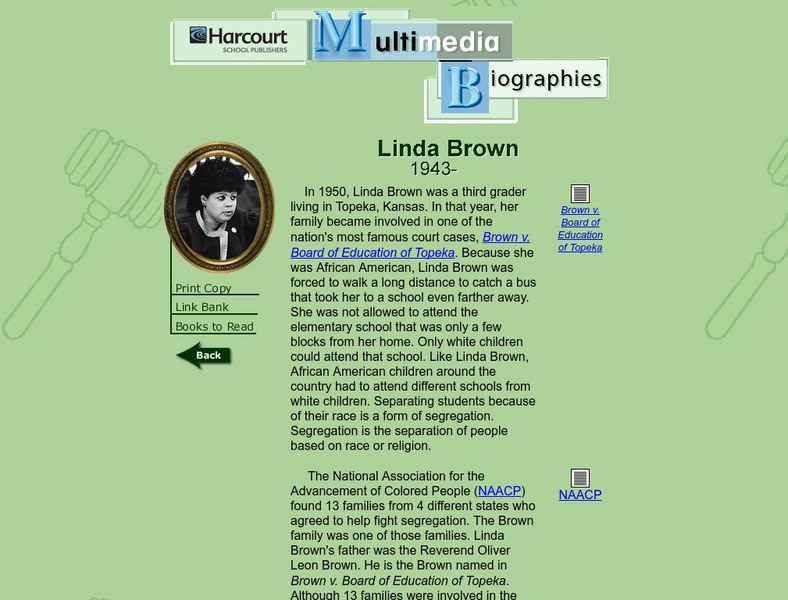
![Harcourt: Biographies: Martin Luther King, Jr. [In Spanish] Website Harcourt: Biographies: Martin Luther King, Jr. [In Spanish] Website](https://content.lessonplanet.com/knovation/original/10579-732be41f1c9d4b23ab8a4e47a2cd1392.jpg?1661188540)

